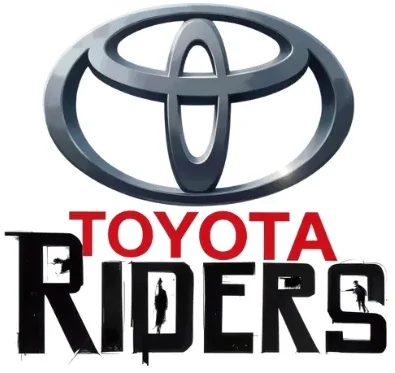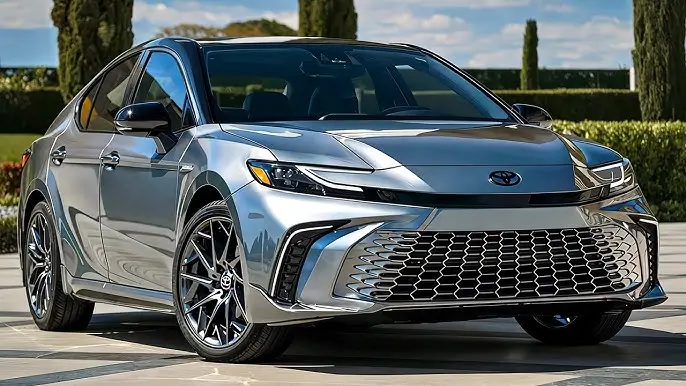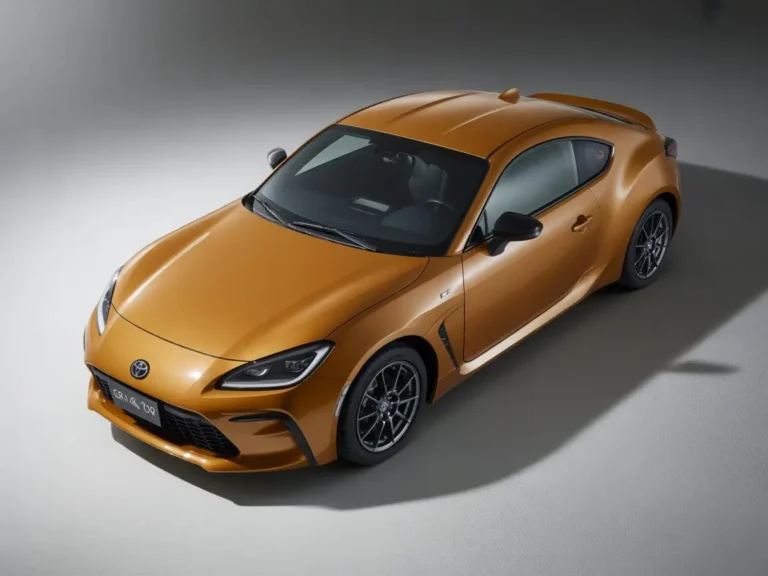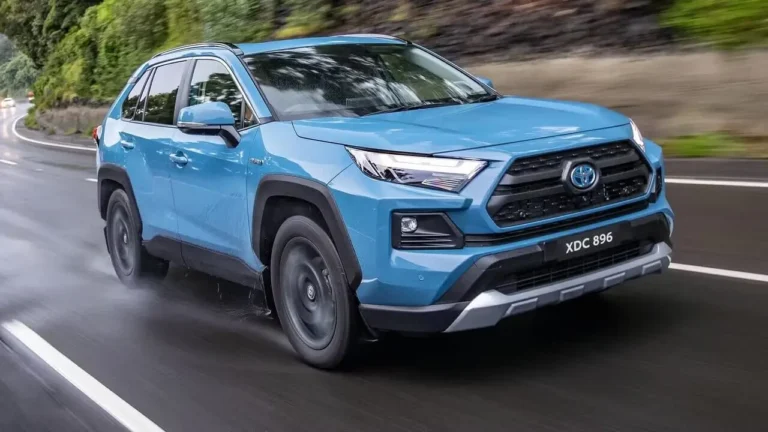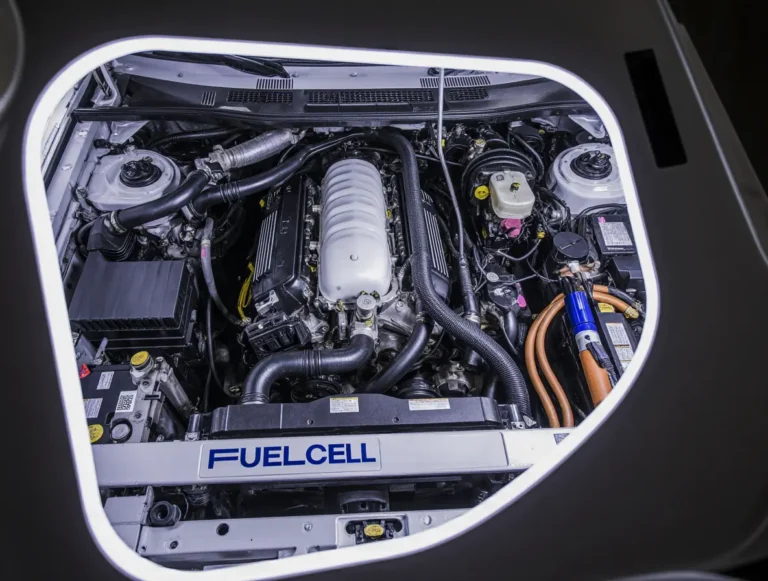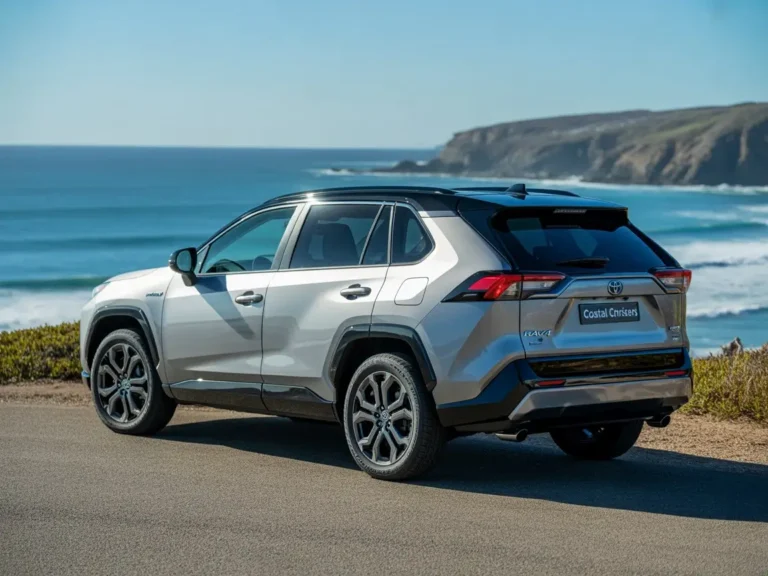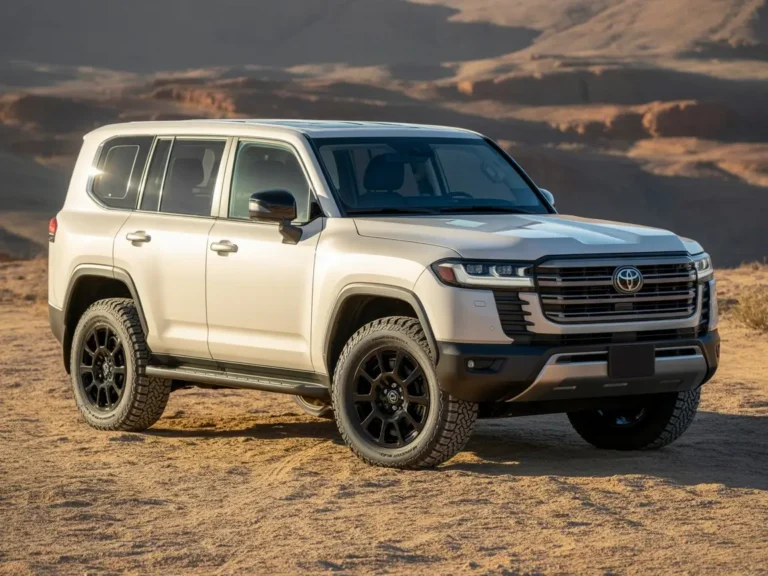2026 Toyota RAV4 Tech Upgrade: New Infotainment System Explained | Interior Features Review
When automakers unveil a new vehicle generation, conversations typically revolve around engine specs, acceleration times, and fuel economy figures. However, the upcoming 2026 Toyota RAV4 breaks this mold by prioritizing something entirely different: the digital experience inside the cabin.
Toyota’s best-selling compact crossover is undergoing its most comprehensive transformation yet, and the spotlight shines brightest on what drivers will interact with daily—the completely redesigned infotainment ecosystem.
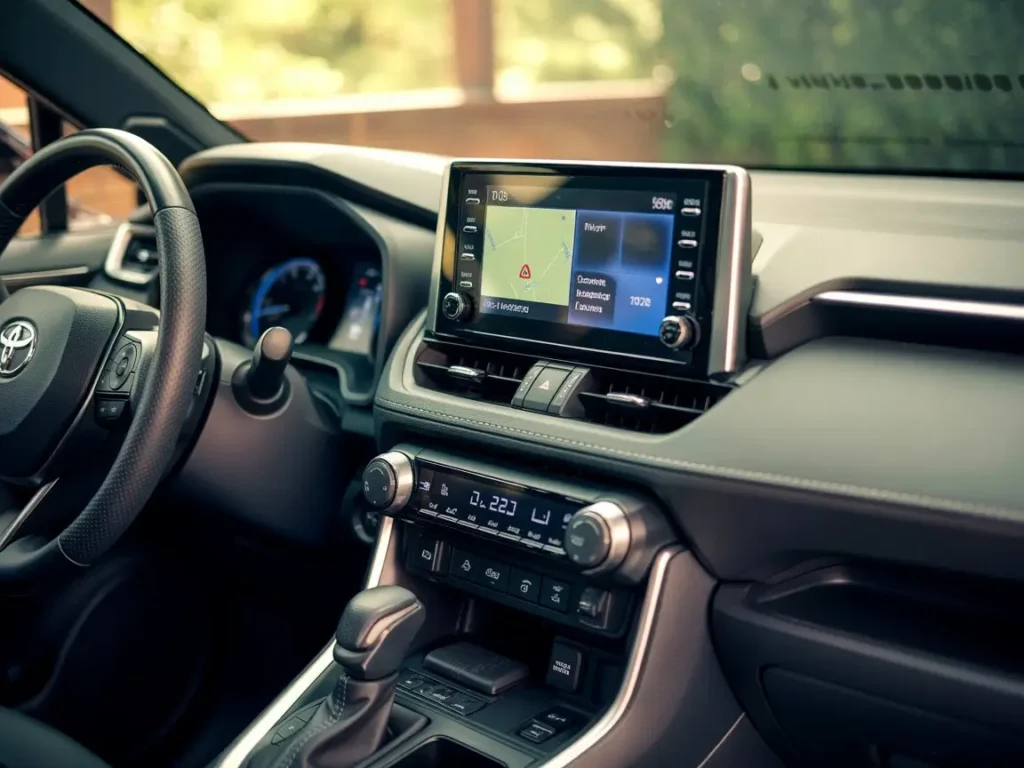
Table of Contents
The Shift Toward Hybrid-Only Powertrains Takes a Backseat
Yes, the 2026 model year marks a pivotal transition as Toyota eliminates traditional gasoline engines from the RAV4 lineup entirely. Following the strategic direction established by the redesigned Camry, every single variant will now feature hybrid technology as standard equipment.
While this represents a significant milestone, it’s not exactly uncharted territory for Toyota. The company has refined its hybrid systems across multiple RAV4 generations, making this evolution feel like a natural progression rather than a radical departure. The real surprise lies elsewhere—in how you’ll control your vehicle’s features and stay connected on the road.
Introducing Toyota Audio Multimedia: A Digital Ecosystem Built on Real Feedback
The Japanese manufacturer didn’t develop this next-generation interface in isolation. Instead, engineers at Toyota Motor North America’s Research and Development division collaborated closely with Toyota Connected North America, gathering extensive input from two crucial groups: dealership personnel and actual vehicle owners.
“The enhancements we’ve implemented prioritize both functionality and performance at their foundation,” explained Brian Inouye, chief engineer at Toyota Motor North America. “We’re delivering an interior experience that represents a genuine leap forward for our customers.”
This customer-centric approach addresses years of criticism regarding Toyota’s lagging infotainment technology. The brand has historically prioritized mechanical reliability over digital sophistication, but those days appear to be ending.
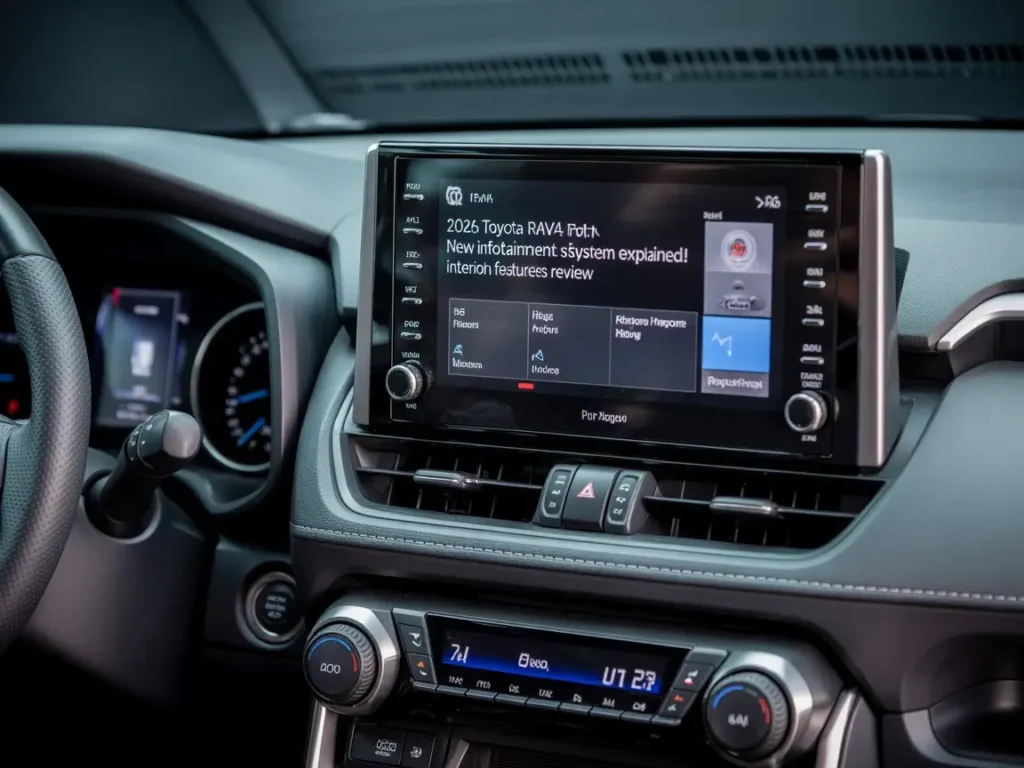
Connectivity Gets a Major Boost With 5G Integration
Perhaps the most significant technical advancement involves 5G network connectivity through AT&T, marking Toyota’s first implementation of this high-speed wireless technology in production vehicles. The benefits extend beyond faster data speeds—drivers will experience improved coverage across substantially larger geographic areas thanks to AT&T’s extensive infrastructure.
The system also incorporates Arene, representing Toyota’s initial foray into software-defined vehicle architecture. This foundation allows for more flexible updates and feature additions throughout the vehicle’s lifespan, keeping technology current even as years pass.
Display Technology: Bigger Screens With Sharper Resolution
Entry-level RAV4 configurations will feature a 10.5-inch touchscreen display, while premium trim levels receive an even more impressive 12.9-inch unit. However, screen size tells only part of the story.
Toyota has dramatically improved response times, eliminating the frustrating lag that plagued previous generations. The interface adopts a smartphone-inspired design philosophy with intuitive icons and gesture controls that feel immediately familiar to anyone who’s used a modern mobile device.
Customizable Home Screen Configuration
Drivers can personalize their main screen with customizable widgets that provide quick access to frequently used functions:
- Drive mode selection and performance settings
- Navigation with real-time traffic updates
- Audio source controls and playlists
- Climate system adjustments
A permanently visible Quick Control Menu occupies the upper right corner, providing instant access to essential settings like Bluetooth pairing, screen brightness adjustment, and system preferences—no need to dig through multiple menus while driving.
As expected in today’s market, both wireless Apple CarPlay and Android Auto come standard across all trim levels, ensuring seamless smartphone integration regardless of your mobile ecosystem preference.
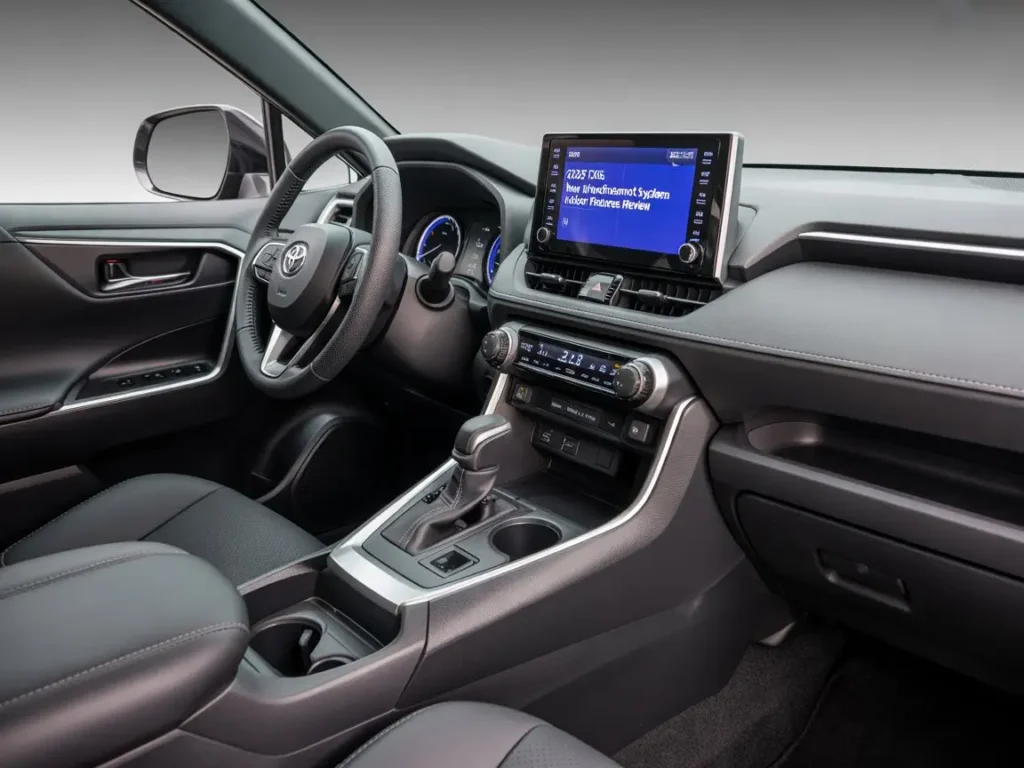
Voice Control That Actually Works: The “Hey Toyota” Assistant
Previous Toyota voice recognition systems earned criticism for slow responses and limited capabilities. The 2026 RAV4 changes this narrative completely.
The newly developed voice assistant activates with a simple “Hey Toyota” prompt and operates significantly faster than its predecessor. The key improvement? Cloud-independent processing that eliminates the delay associated with internet-based voice recognition.
Common commands like volume adjustment, temperature changes, and navigation destination entry can all be handled through natural speech, reducing the need to take your eyes off the road or hands off the wheel.
Navigation and Drive Recording Features
The enhanced native navigation system displays directions in full-screen mode on either the central touchscreen or the digital instrument cluster. Turn-by-turn guidance integrates seamlessly with real-time traffic data, though accessing these features requires an active Drive Connect subscription or trial period.
A particularly innovative addition is the standard drive recorder functionality that leverages the vehicle’s existing external cameras. This built-in dashcam system automatically captures and saves video clips, which can be reviewed directly on the head unit or transferred to a USB flash drive for external storage. Sensitivity settings are adjustable, allowing you to control what triggers recording events.
Additional Connectivity Features Worth Noting
EV Domain for Plug-In Hybrid Models
Owners of the RAV4 Prime plug-in hybrid variant gain access to a dedicated EV Domain interface that simplifies battery management. Monitor charge levels, schedule charging times, and optimize energy usage directly through the head unit. This feature also synchronizes with the Toyota smartphone app for remote monitoring.
Remote Connect Capabilities
The expanded Remote Connect service introduces new functions controllable via the Toyota mobile app, including trunk release, headlight activation, and remote engine start—perfect for pre-conditioning the cabin before you approach the vehicle.
Entertainment Options
SiriusXM with 360L brings satellite radio streaming with enhanced content discovery, while native Spotify integration allows subscribers to access their playlists, podcasts, and audiobooks without relying on smartphone connectivity.
Physical Controls Remain Where They Matter Most
Despite the technological advancements, Toyota wisely avoided the industry trend of moving every single function into touchscreen menus. Critical controls maintain traditional physical interfaces:
- Volume adjustment knob for audio
- Drive mode selection buttons
- Climate temperature dials
This balanced approach acknowledges that tactile feedback remains superior for certain functions, especially those you need to adjust frequently while driving.
What This Means for RAV4 Buyers
For years, shoppers chose the RAV4 primarily for its dependable mechanicals, spacious interior, and Toyota’s legendary reliability reputation—not for cutting-edge technology. The 2026 model eliminates this compromise entirely.
Tech-savvy buyers no longer need to sacrifice connectivity features and modern interfaces to enjoy Toyota’s engineering excellence. Meanwhile, traditional RAV4 fans can rest assured that the brand hasn’t abandoned the practical, user-friendly design philosophy that made this model successful in the first place.
The phased rollout of this Toyota Audio Multimedia system across other models in the brand’s portfolio suggests we’re witnessing the beginning of a broader transformation in how Toyota approaches interior technology.
Final Thoughts: A Competitive Response to Changing Expectations
The 2026 Toyota RAV4 acknowledges a fundamental shift in consumer priorities. Today’s buyers expect sophisticated digital experiences even in practical, family-oriented vehicles. By addressing this expectation without compromising usability through excessive touchscreen reliance, Toyota has positioned the RAV4 to remain competitive against rivals from Mazda, Honda, and Hyundai that have already embraced advanced infotainment systems.
Whether this technological leap translates to improved real-world usability remains to be seen, but Toyota’s track record of reliability and the customer-driven development process inspire confidence.
Did You Like This Article?
Celica come back
Very informative and useful, details.
Good article
A lot information, thanks
Top top toyota
Celica 2025 is a top model of Toyota,
New Celica
I drove an ’81 from ’85 til ’99 and loved it. Then I got my first Nissan 240 SX. Twenty five years later, I’m on my fourth 240. Any chance of a 240SX comeback?
Toyota riders . Com
Very informative
